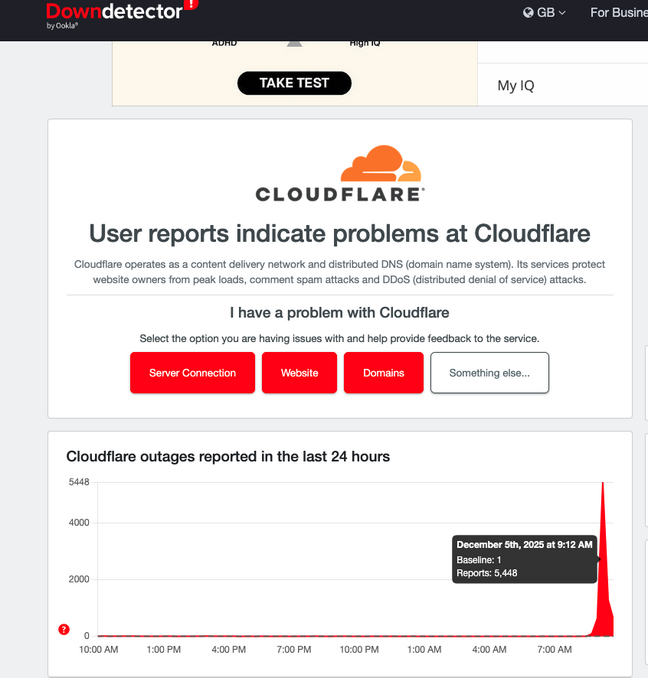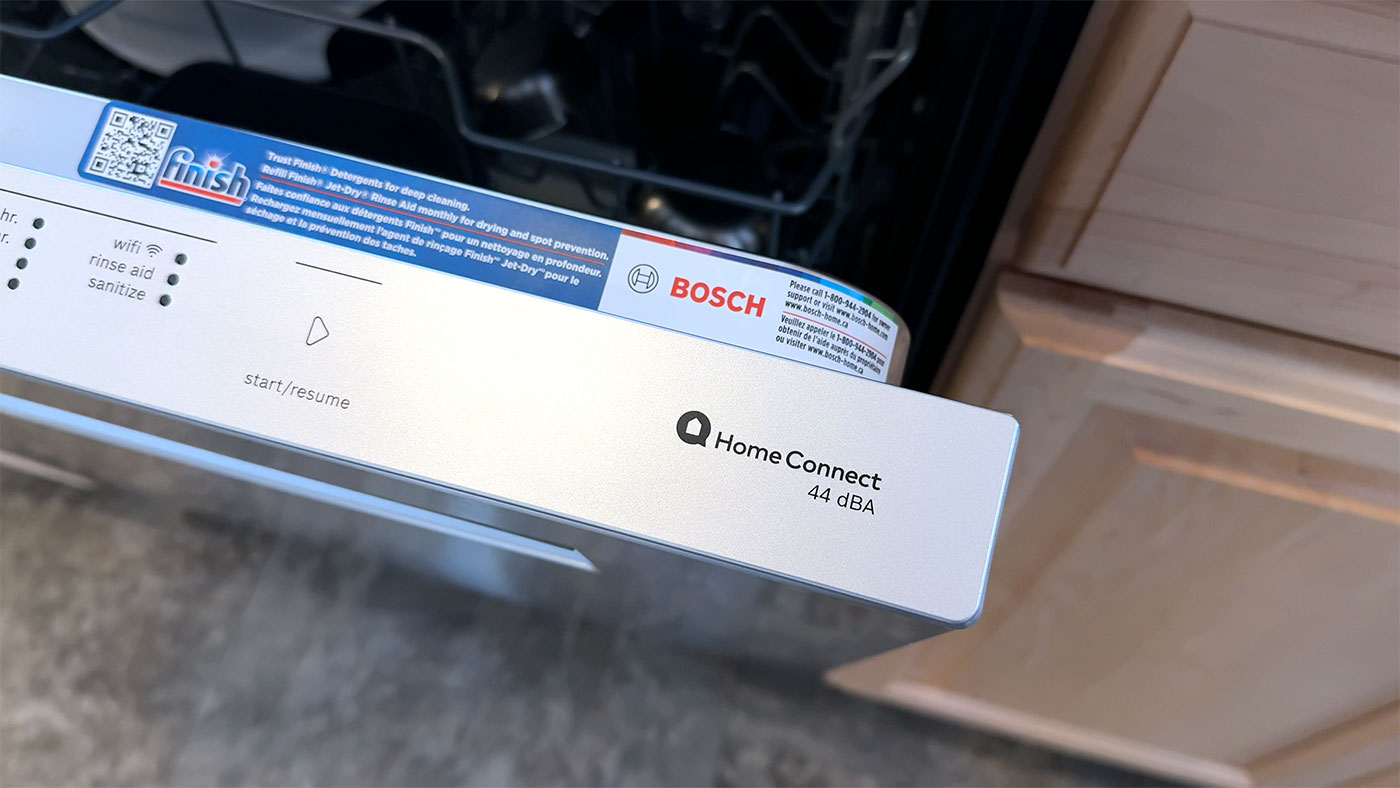I bought a Bosch 500 series because that’s what Consumer Reports recommended, and more importantly, I could find one in stock.

After my dad and I got it installed, I went to run a rinse cycle, only to find that that, along with features like delayed start and eco mode, require an app.

Not only that, to use the app, you have to connect your dishwasher to WiFi, set up a cloud account in something called Home Connect, and then, and only then, can you start using all the features on the dishwasher.
Video
This blog post is a lightly-edited transcript of my latest YouTube video on Level 2 Jeff:
GE Dishwasher – Planned Obsolescence
So getting back first to that old GE dishwasher, it was, I don’t know, I think that planned obsolescence is something that applies to many consumer products today.
Companies know if they design something to last only 5 or 10 years, that means in 5 or 10 years someone’s going to have to buy a whole new one.
And on my GE Amana dishwasher, it started having weird power issues, like the controls would just not light up unless I reset the circuit breaker for a few minutes. That started happening more often, and this past Saturday it just wouldn’t come on no matter what, even after I tested and re-wired it all the way from the panel up to the dishwasher’s internal power connector.
So it was dead.
Next up, I looked at what it took to get a control board. Well… $299 for a control board that was ‘special order’ and might not even fix the problem? That’s a non-starter for my $600, 8-year-old dishwasher.
Even if I got it fixed, the front panel was starting to rust out at the hinge points (leaving some metal jaggies that my soon-to-be-crawling 6 month old could slice his fingers on), and other parts of the machine were showing signs of rust/potential future leaks…
[…]
The touch sensor, you kind of touch it and the firmware—like this new dishwasher actually takes time to boot up! I had to reset it like three times and my wife meanwhile was like laughing at me like look at this guy who does tech stuff and he can’t even figure out how to change the cycle on it.
That took about five minutes, sadly.
But eventually I pulled out the manual book because I was like… “this is actually confusing.”
It should be like: I touch the button and it changes to that mode! But that was not how it was working.
I wanted to run just a rinse cycle to make sure the water would go in, the water would pump out through the sump, and everything worked post-install.
But I couldn’t find a way to do a rinse cycle on the control panel.
So I looked in the manual and found this note:

It says options with an asterisk—including Rinse, Machine Care (self-cleaning), HalfLoad, Eco, and Delay start, are “available through Home Connect app only and depending on your model.”
The 500 series model I bought isn’t premium enough to feature a 7-segment display like the $400-more-expensive 800 series, so these fancy modes are hidden behind an app and cloud service.
I was like, “Okay, I’ll look up this app and see if I can use it over Bluetooth or locally or whatever.”
Nope! To use the app, you have to connect your dishwasher to your Wi-Fi, which lets the dishwasher reach out on the internet to this Home Connect service.
You have to set up an account on Home Connect, set up the Home Connect app on your phone, and then you can control your dishwasher through the Internet to run a rinse cycle.
That doesn’t make any sense to me.
[…]
What should be done?
When I posted on social media about this, a lot of people told me to return it.
But I spent four hours installing this thing built into my kitchen.
I hooked it up to the water, it’s running through cycles… it is working. I’ll give them that. It does the normal stuff, but you know, there are some features that don’t work without the app.
At a minimum, I think what Bosch should do is make it so that the dishwasher can be accessed locally with no requirement for a cloud account. (Really, it’d be even better to have all the functions accessible on the control panel!)
Anyone building an IoT device, here is my consumer-first, e-waste-reduction maxim:
First local, then cloud.
Cloud should be an add-on.
It should be a convenience for people who don’t know how to do things like connect to their dishwasher with an app locally.
And it’s not that hard.
A little ESP32, a little $1 chip that you can put in there could do all this stuff locally with no cloud requirement at all.
I think that there might be some quants or people who want to make a lot of money building all these cloud services.
[…]
what the actual fuck. I don’t want to connect my dishwasher, fridge, washing machine, dryer, whatever to the cloud either.







